コンプリート! total greenhouse gas emissions 2020 158529
Greenhouse gas (GHG) inventory common reporting format tables and national inventory reports in , including 41 by the deadline of 15 April In 1990–18, total aggregate GHG emissions without emissions and removals from land use, landuse change and forestryThe pandemic will cause a dip in emissions, but this will only be temporary without a dramatic and planned shift to lowcarbon economies In 19, total greenhouse gas emissions, including landuse change, reached a new high of 591 gigatonnes of carbon dioxide equivalent (GtCO 2 e)The world's total CO 2 emissions 9 are shown on the basis of two axes the height of the bar (yaxis) is the average per capita CO 2 emissions and the length of the box (xaxis) is the total population Since total emissions are equal to per capita emissions multiplied by the number of people, the area of each box represents total emissions 10
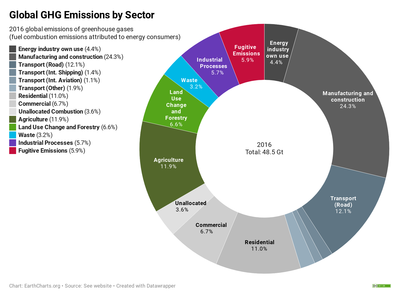
Greenhouse Gas Emissions Wikipedia
Total greenhouse gas emissions 2020
Total greenhouse gas emissions 2020- Reported emissions from other large sources in the industrial and waste sectors were a combined 2,286 million metric tons of greenhouse gas emissions in , down % from 19, and down 26% since 11 In 19, greenhouse gas emissions from transportation accounted for about 29 percent of total US greenhouse gas emissions, making it the largest contributor of US greenhouse gas emissions In terms of the overall trend, from 1990 to 19, total transportation emissions have increased due, in large part, to increased demand for travel




After Decline Eia Expects Energy Related Co2 Emissions To Increase In 21 And 22 Today In Energy U S Energy Information Administration Eia
It took ~240 years for the AGGI to go from 0 to 1, ie, to reach 100%, and 30 years for it to increase by another 47% In terms of CO 2 equivalents, the atmosphere in contained 504 ppm, of which 412 is CO 2 alone The rest comes from other gasesWe calculate greenhouse gas (GHG) emissions per capita for each country in the year 17A score of 100 indicates a country is among the least polluting on a per capita bases (≤5thpercentile), and a score of 0 indicates that a country is among the The analysis showed that total greenhouse gas footprints per item purchased were higher from physical stores than those from bricks & clicks purchases in 63% of the shopping events but lower than
Carbon dioxide accounted for the largest percentage of greenhouse gases (80%), followed by methane (10%), nitrous oxide (7%), and other greenhouse gases (3%) Total US emissions for 19 totaled 6,558 million metric tons of CO2e and net emissions, taking sinks into account, totaled 5,769 million metric tons CO2eRisk oversight and shareholder proposals prior to its annual meeting Aviation emissions and climate reporting There is an increased focus on US airlines, including Delta, as major contributors of global greenhouse gas (GHG) emissions Within the US, GHG emissions from transportation account for about 30% of total USThe most recent Massachusetts Greenhouse Gas (GHG) Inventory shows that GHG emissions in 17 were 224% below the 1990 baseline level, on track to meet the 25% reduction by required by the Global Warming Solutions Act (GWSA) Massachusetts' success in reducing GHG emission comes despite a 14% growth in population and 24% growth in vehicle miles traveled
Total greenhouse gas emissions were down 17 percent (335 kilotonnes) in the December quarter compared with the September quarterThe breakdown of CO 2 emissions mirrors total greenhouse gas emissions closely The distribution of methane emissions across sectors is notably different This chart shows methane emissions by sector, measured in tonnes of carbon dioxide equivalents We see that, globally, agriculture is the largest contributor to methane emissionsCarbon dioxide accounts for about 80 percent of the increase



Pbl Nl



Ipcc Ch
Highlights The AGGI combines the warming influence of the main humanproduced greenhouse gases and compares them to conditions in 1990 In , the AGGI hit 147, indicating a 47 percent increase in the warming influence of greenhouse compared to 1990; A common theme across all economies is the scale of the impact of the pandemic and lockdown measures on transport activity The decline in CO2 emissions from oil use in the transport sector accounted for well over 50% of the total global drop in CO2 emissions in , with restrictions on movement at local and international levels leading to a near 1 100 Mt drop in emissions A fuel cell vehicle fueled by hydrogen from natural gas (gray hydrogen) clocked in at 237 g CO 2 e/mi;
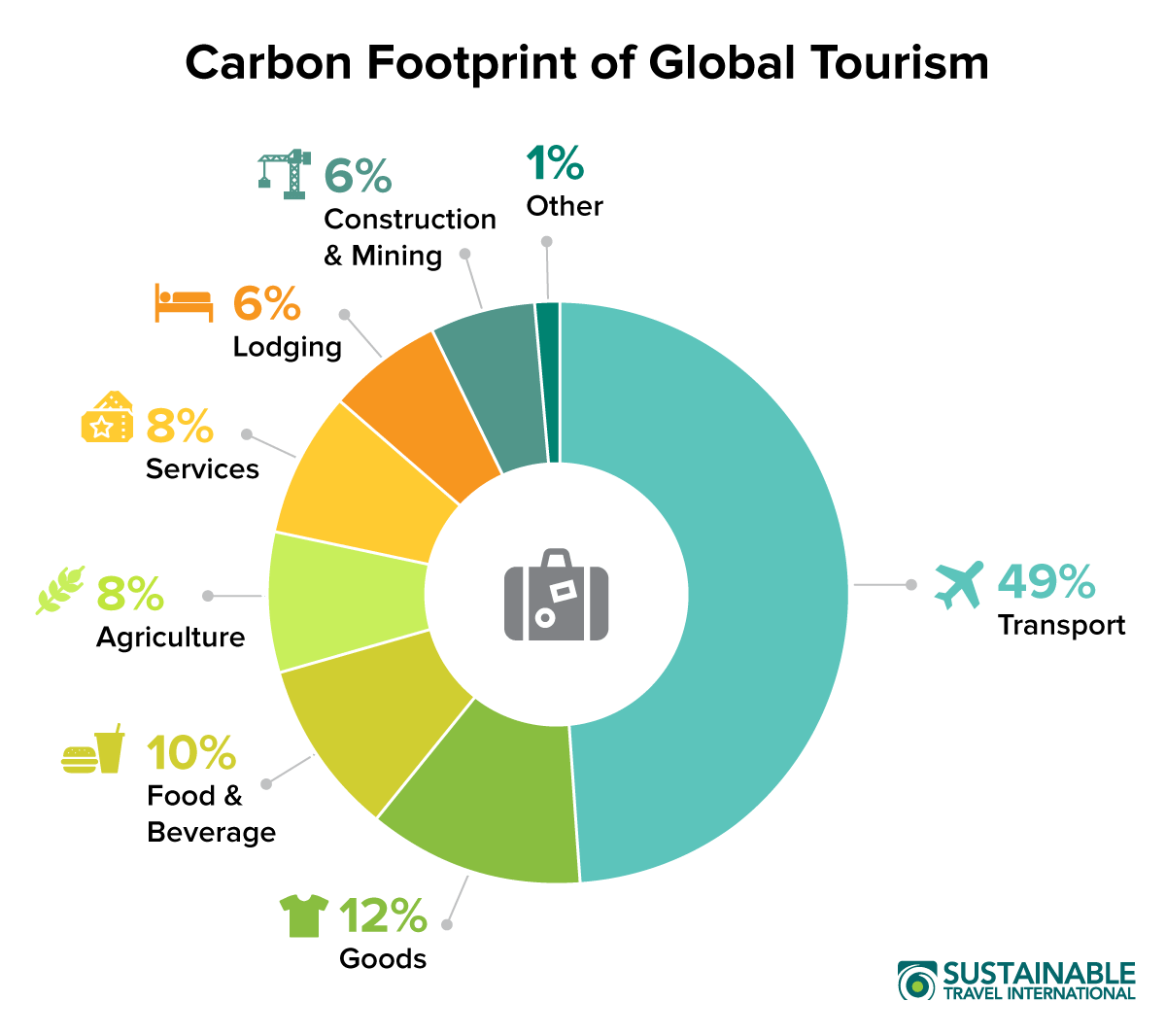



Carbon Footprint Of Tourism Sustainable Travel International




Emissions Are Surging Back As Countries And States Reopen The New York Times
107% in from 19, to 3261 million tonnes (Mt), and total greenhouse gas emissions by % to 4141 million tonnes carbon dioxide equivalent (MtCO 2 e) Total greenhouse gas emissions wereGlobal CO 2 emissions are expected to decline even more rapidly across the remaining nine months of the year, to reach 306 Gt for the , almost 8% lower than in 19 This would be the lowest level since 10Figure 1 Left hand side Total greenhouse gas emissions (incl international aviation) (index 1990 = 100 %) Right hand side Greenhouse gas emissions by sector1 – historical emissions , proxy 19, projections WEM 30 (Mt CO 2eq)




Carbon Footprint Factsheet Center For Sustainable Systems




Greenhouse Gas Emissions Are Set To Rise Fast In 21 The Economist
After rising steadily for decades, global carbon dioxide emissions fell by 64%, or 23 billion tonnes, in , as the COVID19 pandemic squelched economic and US agriculture emitted an estimated 698 million metric tons of carbondioxide equivalent in 18 123 percent as carbon dioxide, 362 percent as methane, and 514 percent as nitrous oxide Increases in carbon storage (sinks) offset 116 percent of total US greenhouse gas emissions in 18 (EPA )You might notice that our estimates of total greenhouse gas emissions are not available on the longterm timescales we have for CO 2 emissions In our work on CO 2 we have global, regional and country estimates extending back centuries – all the way back to 1750 For total greenhouse gases we only have this data back to 1990
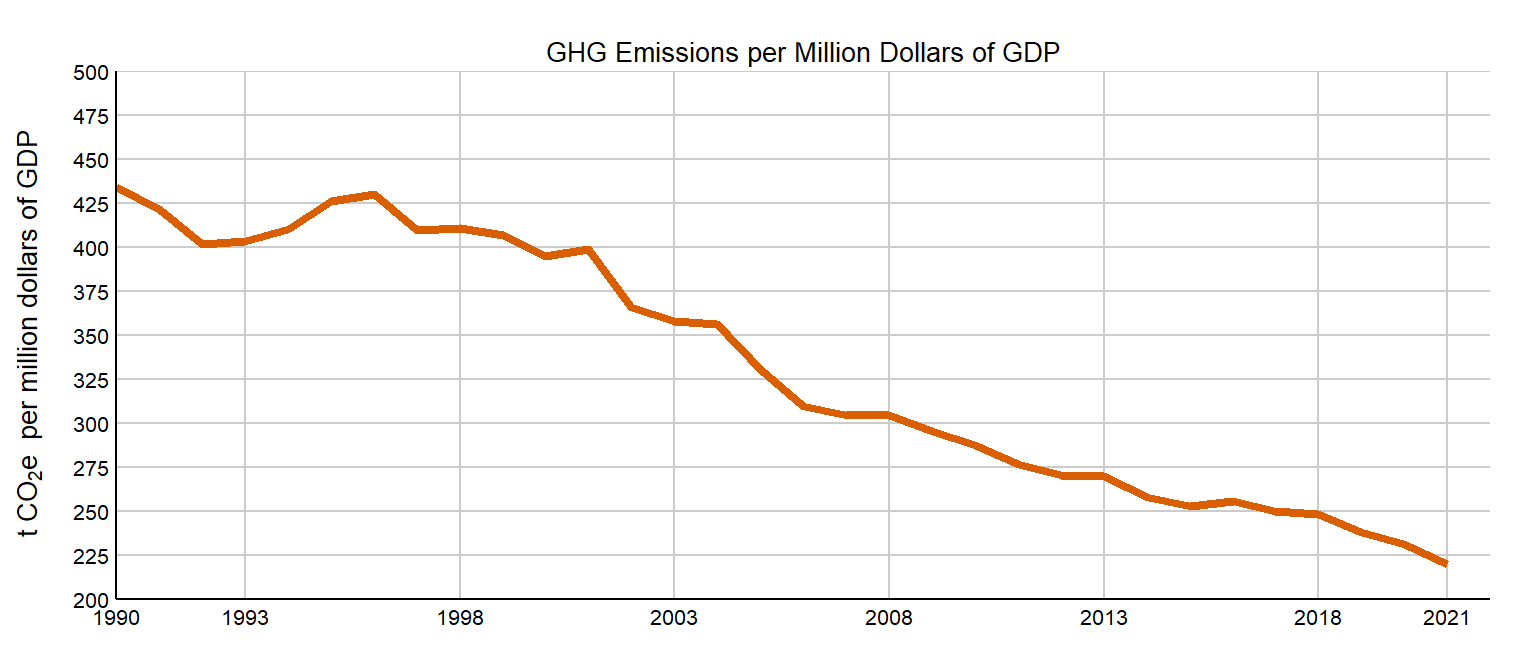



Ghg Emissions Environmental Reporting



1
In , about 38% of CO 2 emissions from natural gas occurred in the electric power sector, and 32% were in the industrial sector In , coal consumption accounted for 09 Bmt of CO 2 emissions, or about 19% of total CO 2 emissions, both its lowest total amount and share in our annual data series that begins in 1973 Buildings and their HVAC&R systems contribute to greenhouse gas emissions through direct and indirect combustion of fossil fuels Emissions are also produced from extraction, transport, and distribution of fossil fuels Approximately 39% of total societal CO2 emissions result from building energy cons umptionGreenhouse gas emissions are greenhouse gases vented to the Earth's atmosphere because of humans the greenhouse effect of their 50 billion tons a year causes climate changeMost is carbon dioxide from burning fossil fuels coal, oil, and natural gasThe largest polluters include coal in China and large oil and gas companies, many stateowned by OPEC and Russia
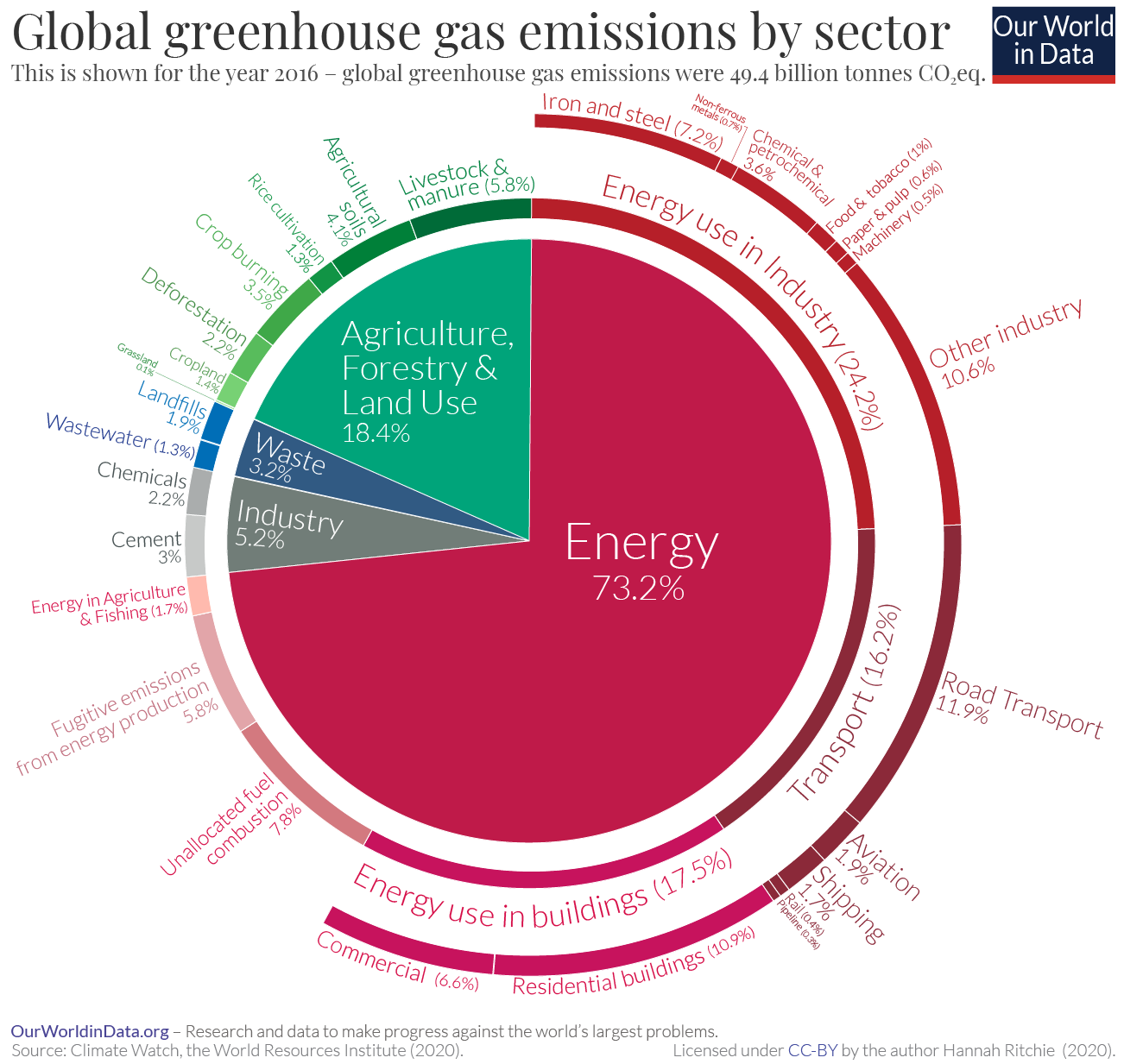



Sector By Sector Where Do Global Greenhouse Gas Emissions Come From Our World In Data



Pbl Nl
Transport drives down total greenhouse gas emissions in New experimental figures show New Zealand's greenhouse gas (GHG) emissions were down 48 percent (3,931 kilotonnes) in the year ended December , largely driven by a fall in transport emissions reflecting the impact of COVID19 on the economy and society throughout the year, Stats NZThis can be used to express a tonne of a greenhousegas emitted in CO 2 equivalent terms, in order to provide a single measure of total greenhousegas emissions (in CO 2eq) The Intergovernmental Panel on Climate Change (IPCC) has indicated a GWP for methane between 8487 when considering its impact over a year timeframe (GWP ) andThe update provides estimates of Australia's national inventory of greenhouse gas emissions up to the September quarter of Emissions were 5101 million tonnes – 44% or 233 million tonnes lower than in 19 They were 19 % below the level of emissions in 05 (the baseline year for the Paris Agreement)




China S Greenhouse Gas Emissions Exceeded The Developed World For The First Time In 19 Rhodium Group



1
This is a list of countries by total greenhouse gas (GHG) annual emissions in 16 It is based on data for carbon dioxide, methane (CH 4), nitrous oxide (N 2 O), perfluorocarbons (PFCs), sulfur hexafluoride (SF6) and hydrofluorocarbons (HFCs) emissions compiled by the World Resources Institute (WRI) The table below separately provides emissions data calculated on the basis ofTransport drives down total greenhouse gas emissions in New experimental figures show New Zealand's greenhouse gas (GHG) emissions were down 48 percent (3,931 kilotonnes) in the year ended December , largely driven by a fall in transport emissions reflecting the impact of COVID19 on the economy and society throughout the yearHowever, when fueled by a 40% blend of renewable hydrogen, the FCEV emissions dropped to 167 g CO 2 e/mi When fueled by hydrogen produced from landfill gas, the total dropped to 117 g CO 2 e/mi
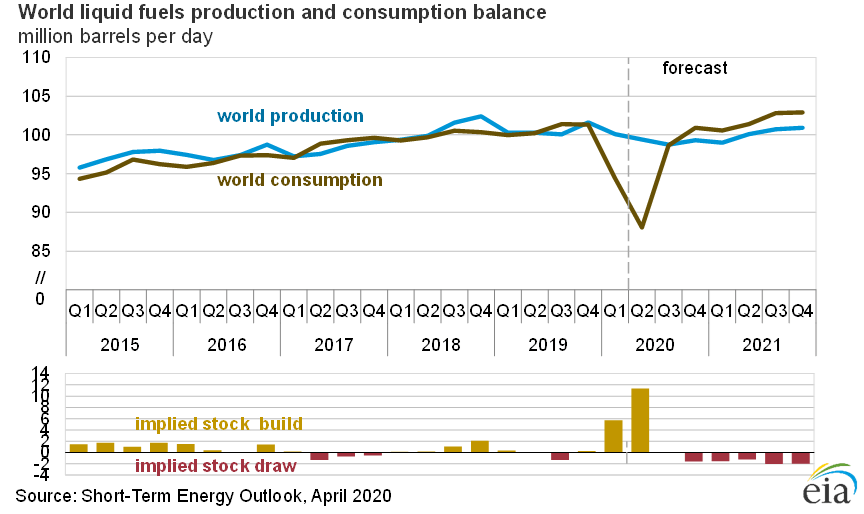



Forecast U S Greenhouse Gas Emissions To Fall 7 5 Percent In Mpr News




Nigeria Has Experienced A 271 Increase In Greenhouse Gas Emissions Since 1990 Climate Scorecard
Large, growing, and impactful share of global greenhouse gas (GHG) emissions Note Numbers do not sum to 100 due to rounding ¹ Including forestry, land use, fertilizer production, and electricity used in agriculture Total GHG emissions by sector, % Agriculture, forestry, and landuse change 27 Other 24 Power and heat 18 Industry 32 The world's countries emit vastly different amounts of heattrapping gases into the atmosphere The chart above and table below both show data compiled by the International Energy Agency, which estimates carbon dioxide (CO 2) emissions from the combustion of coal, natural gas, oil, and other fuels, including industrial waste and nonrenewable municipal waste Royal Dutch Shell, owner of the world's largest fuel retail network, said on Thursday its total greenhouse gas emissions dropped 16% in as oil and gas




Emissions Sources Climate Central




Co And Greenhouse Gas Emissions Our World In Data
1 hour ago The British Business Bank has revealed that, based on its estimates, smaller businesses account for almost a third (30%) of all current UK greenhouse gas emissions (including emissions from households, industry and government) and around half (50%) of total emissions China's greenhouse gas emissions exceed those of US and developed countries combined, report says Published Thu, 948 AM EDT Updated Wed, 713 PM EDT Emma Newburger @emma This week we discuss the emissions sources in the United States As defined by the Environmental Protection Agency (EPA), US greenhouse gas emissions sources can be broken down into five sectors



Co And Greenhouse Gas Emissions Our World In Data



Pbl Nl
Usage Guidance This metric is intended to capture the total amount of greenhouse gases emitted during the reporting period To disaggregate types of greenhouse gas emissions, organizations are encouraged to report Greenhouse Gas Emissions Types (OI5732) Organizations can also report Greenhouse Gas Emissions Strategy (OI37)Gross emissions are the total emissions from Tokelau, and the agriculture, energy, IPPU and waste sectors Net emissions are gross emissions combined with emissions and removals from the LULUCF sector In 18 Tokelau contributed 0005 percent to New Zealand's gross greenhouse gas emissionsThe AGGI in was 147, which means that we've turned up the warming influence from greenhouse gases by 47% since 1990;
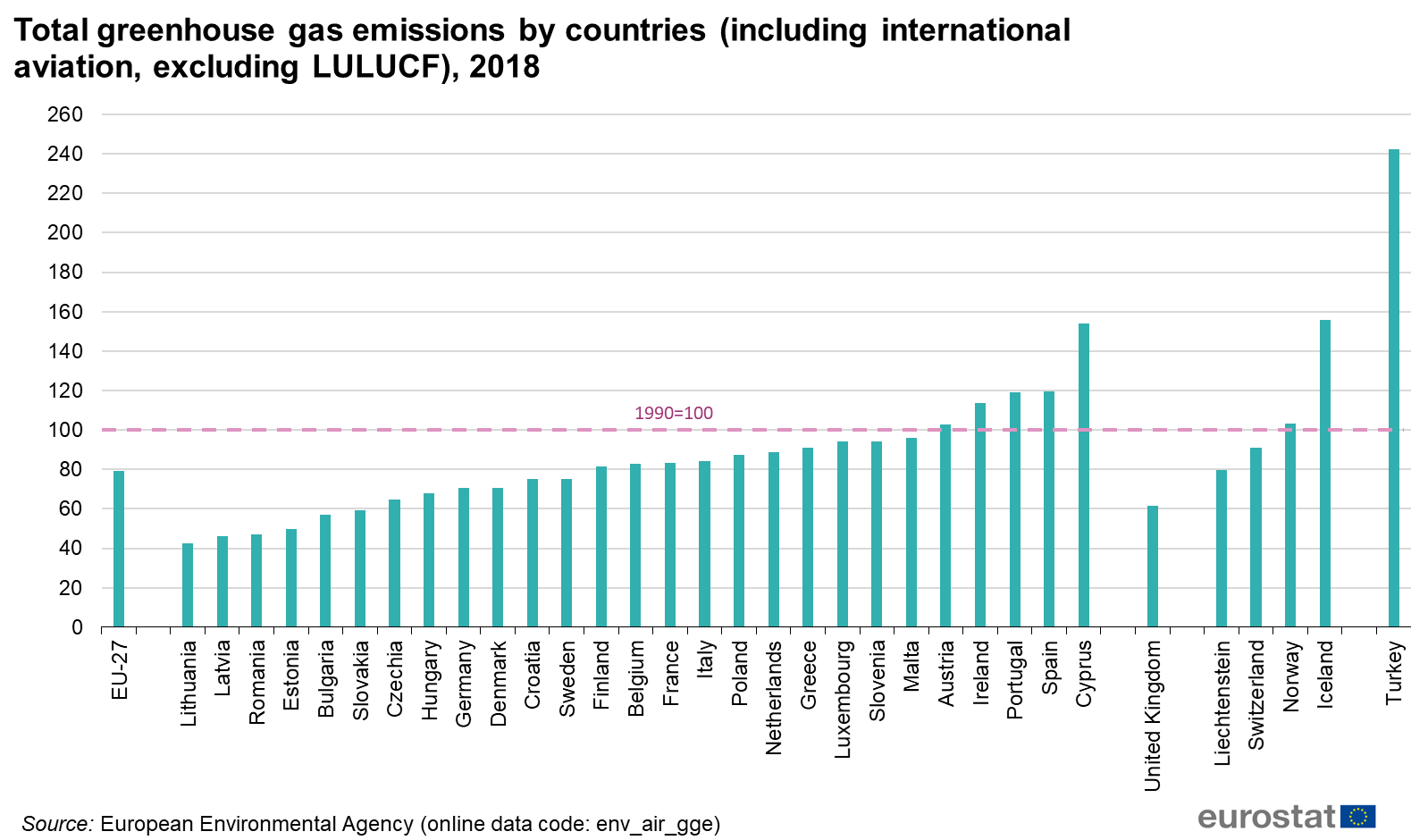



File Total Greenhouse Gas Emissions By Countries 18 Index 1990 100 V5 Png Statistics Explained




Essd European Anthropogenic Afolu Greenhouse Gas Emissions A Review And Benchmark Data
The current GHG emission limit is 431 MMTCO2e using IPCC Fourth Assessment Report GWPs The Global Warming Solutions Act of 06 (AB 32) requires that CARB determine the statewide greenhouse gas emissions level in 1990 The act also requires that the Board approve a statewide greenhouse gas emissions limit, equal to the 1990 level, as a limit to be achieved by WASHINGTON () — The edition of US Environmental Protection Agency's (EPA) comprehensive annual report on nationwide greenhouse gas (GHG) emissions, released today, shows that since 05, national greenhouse gas emissions have fallen by 10%, and power sector emissions have fallen by 27% even as our economy grew by 25% As defined by the Environmental Protection Agency (EPA), US greenhouse gas emissions sources can be broken down into five sectors transportation (29%), electricity (28%), industry (22%), commercial and residential (12%), and agriculture (9%) Transportation is currently the largest source of greenhouse gas emissions in the US, having surpassed electricity




Exploring The Impact Of The Covid 19 Pandemic On Global Emission Projections
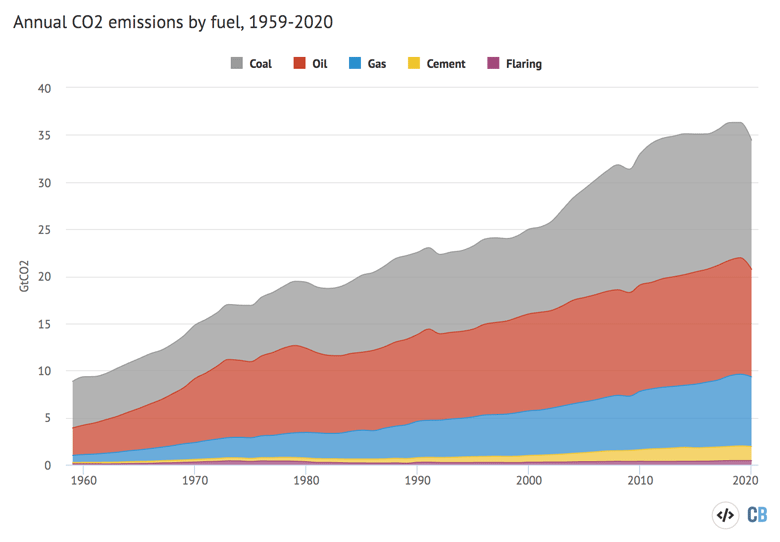



Global Carbon Project Coronavirus Causes Record Fall In Fossil Fuel Emissions In Carbon Brief
About the Emissions Inventory EPA has prepared the Inventory of US Greenhouse Gas Emissions and Sinks since the early 1990s This annual report provides a comprehensive accounting of total greenhouse gas emissions for all manmade sources in the United States The gases covered by the Inventory include carbon dioxide, methane, nitrous oxide,Human emissions of carbon dioxide and other greenhouse gases – are a primary driver of climate change – and present one of the world's most pressing challenges 1 This link between global temperatures and greenhouse gas concentrations – especially CO 2 – has been true throughout Earth's history 2 To set the scene, let's look at how the planet has warmedThe EU emissions trading system (EU ETS) is a cornerstone of the European Union's policy to combat climate change and its key tool for reducing industrial greenhouse gas emissions costeffectively The first and still by far the biggest international system for trading greenhouse gas emission allowances, the EU ETS covers more than 11,000
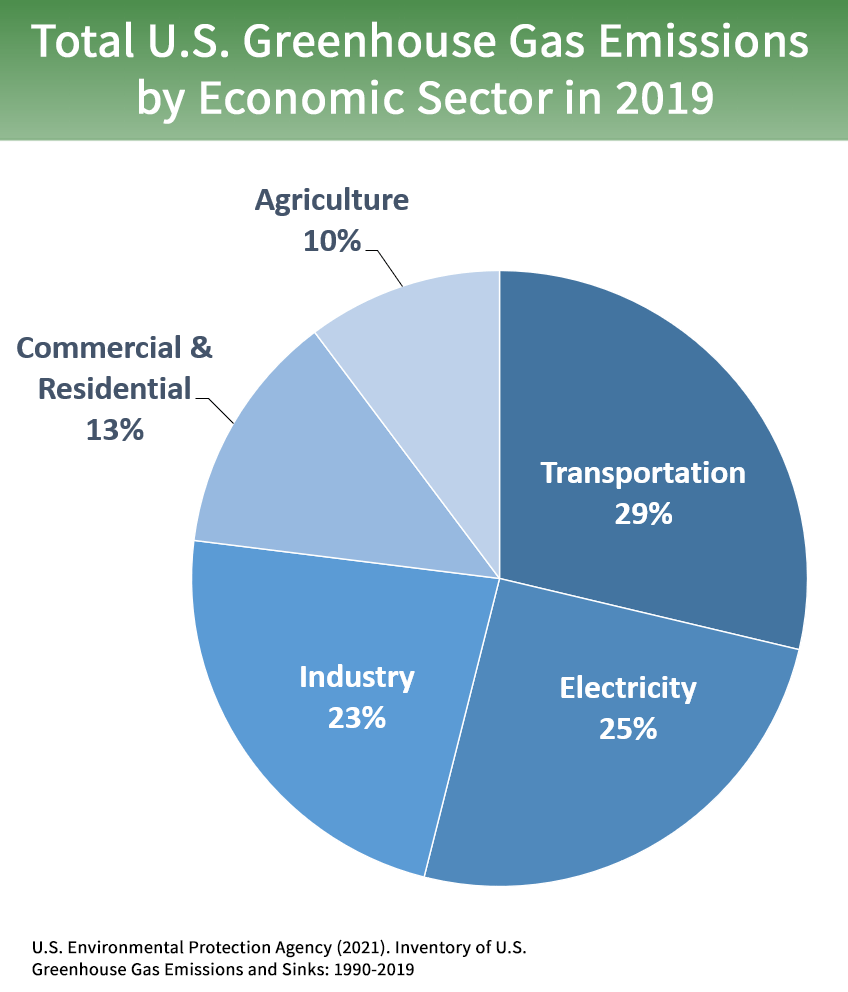



Sources Of Greenhouse Gas Emissions Us Epa




Pfizer S Progress On Greenhouse Gas Emissions Goals




Covid Curbed Carbon Emissions In But Not By Much




Indicator Greenhouse Gas Emissions Umweltbundesamt




Greenhouse Gas Emissions Wikipedia




Carbon Footprint Factsheet Center For Sustainable Systems




Greenhouse Gas Emissions Wikipedia
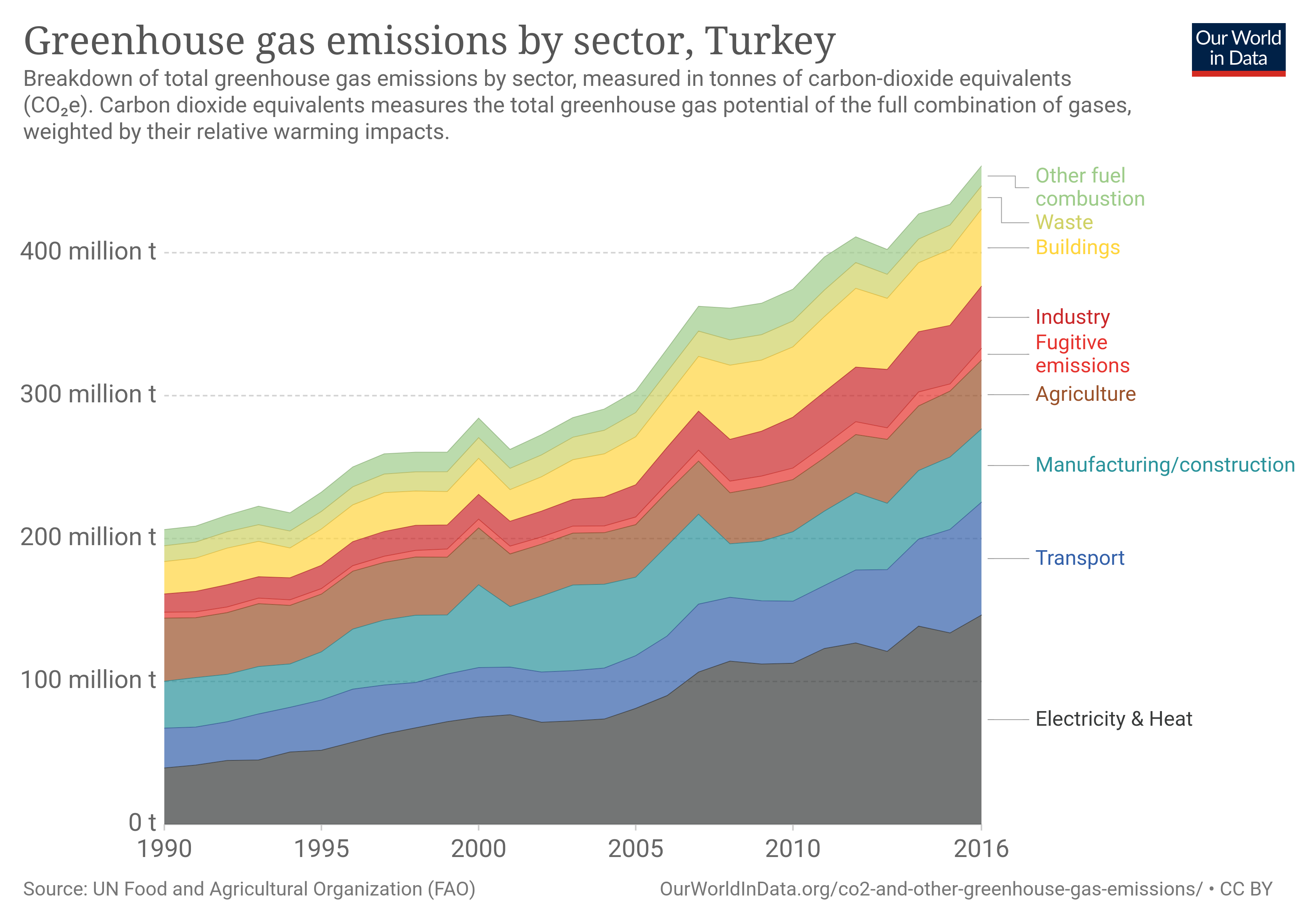



File Greenhouse Gas Emissions By Sector Png Wikimedia Commons




Preliminary China Emissions Estimates For 19 Rhodium Group
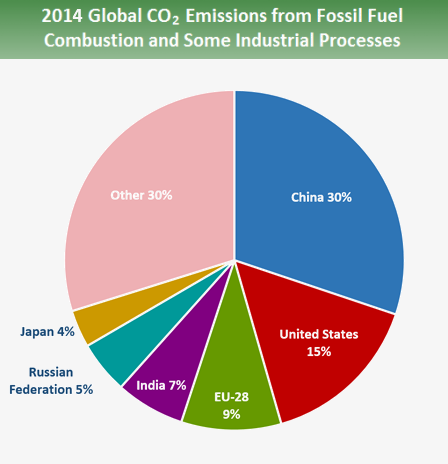



Global Greenhouse Gas Emissions Data Us Epa




Global Food System Emissions Could Preclude Achieving The 1 5 And 2 C Climate Change Targets
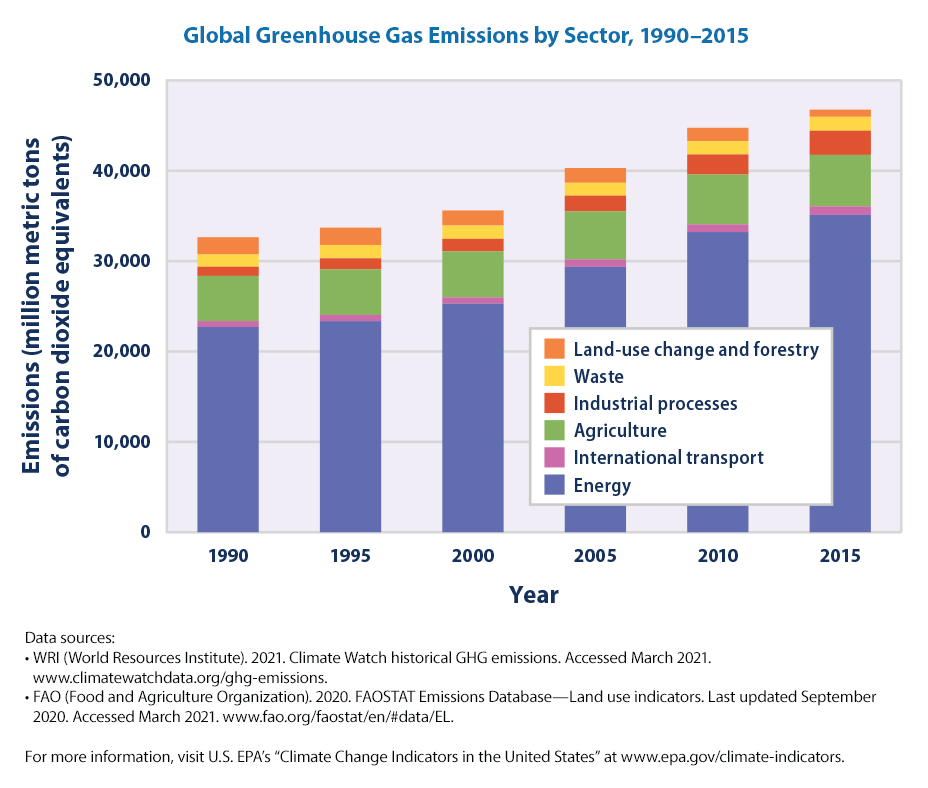



Climate Change Indicators Global Greenhouse Gas Emissions Us Epa
/cdn.vox-cdn.com/uploads/chorus_asset/file/16185122/gw_graphic_pie_chart_co2_emissions_by_country_2015.png)



Climate Change Animation Shows Us Leading The World In Carbon Emissions Vox
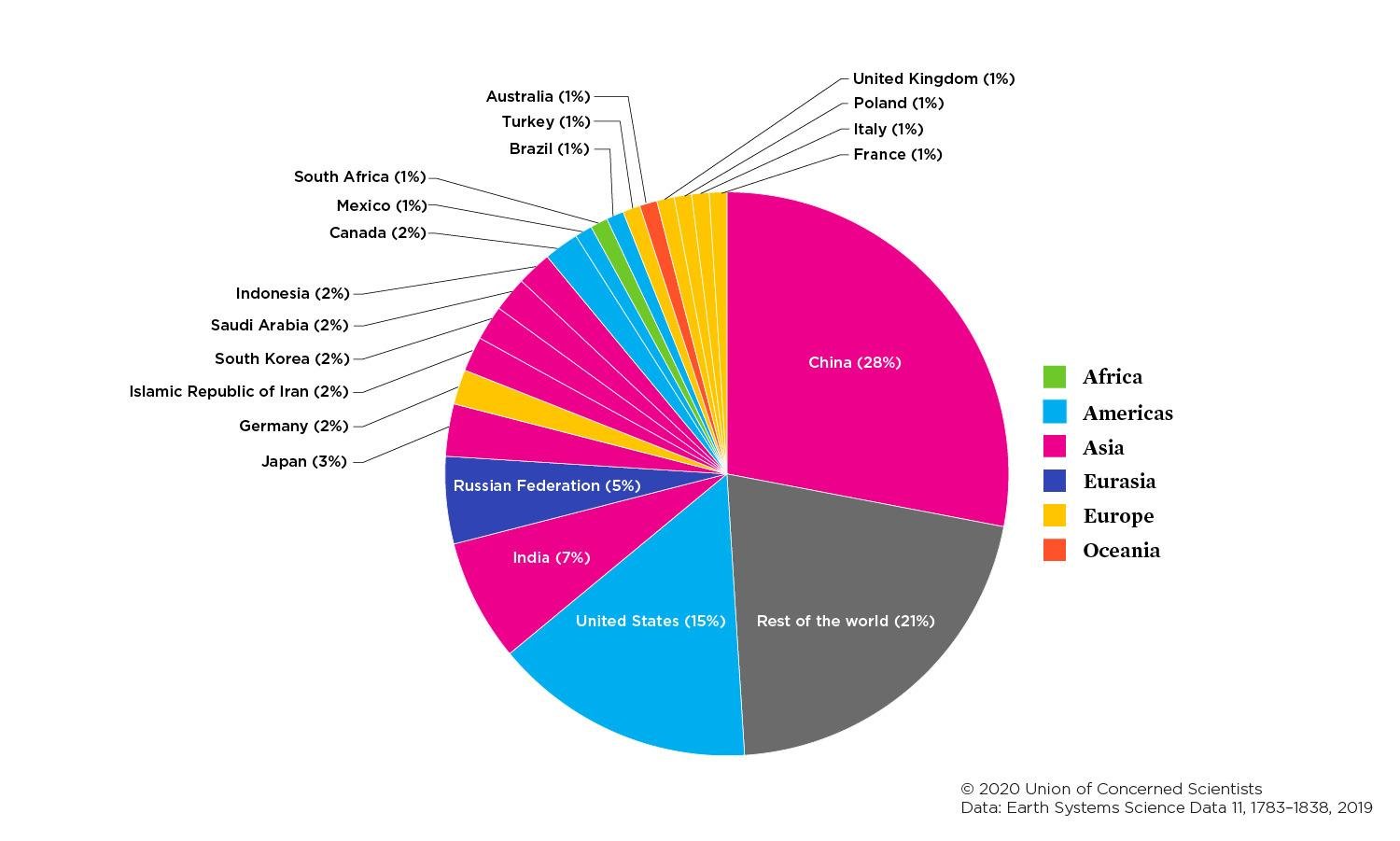



Each Country S Share Of Co2 Emissions Union Of Concerned Scientists
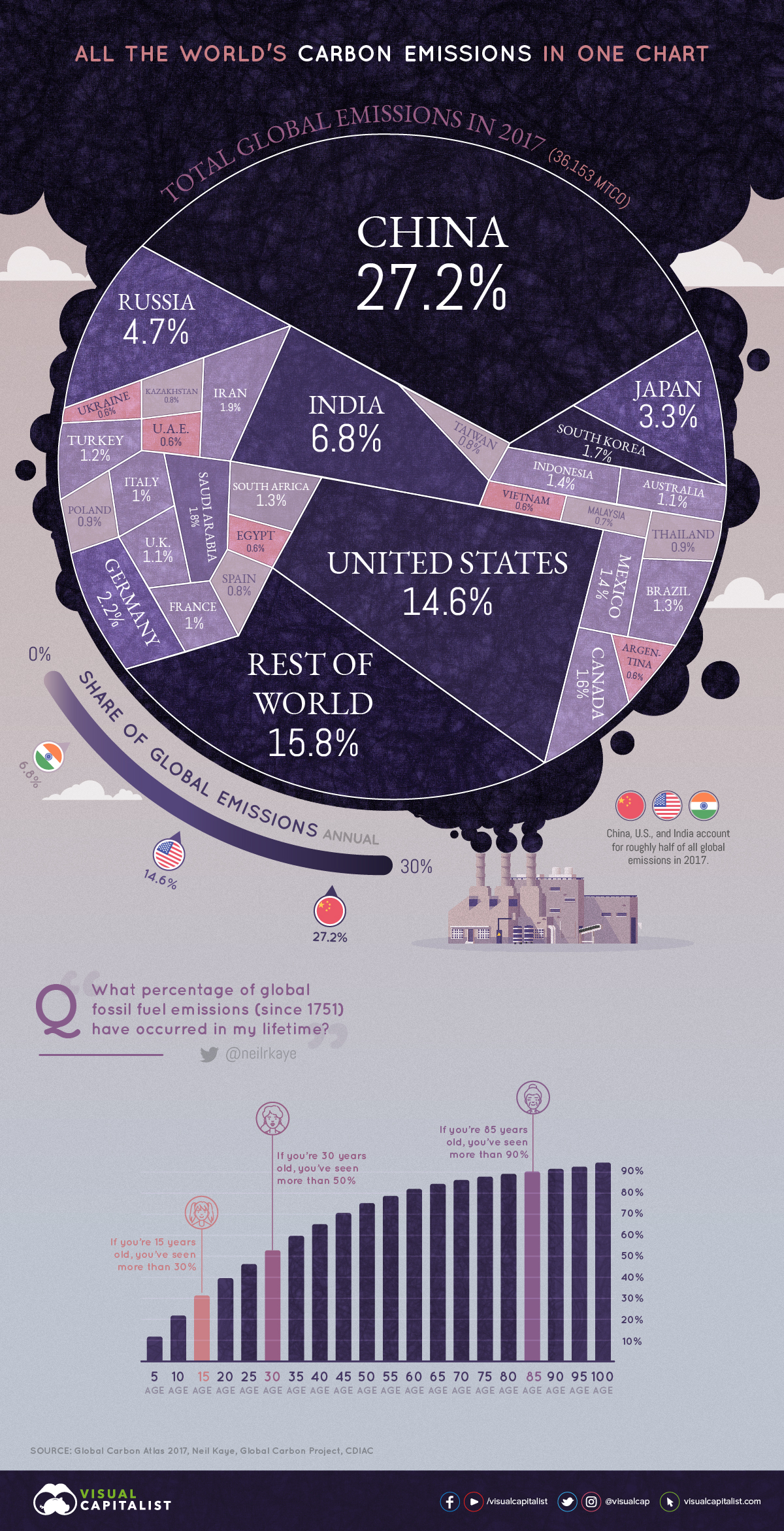



All Of The World S Carbon Emissions In One Giant Chart
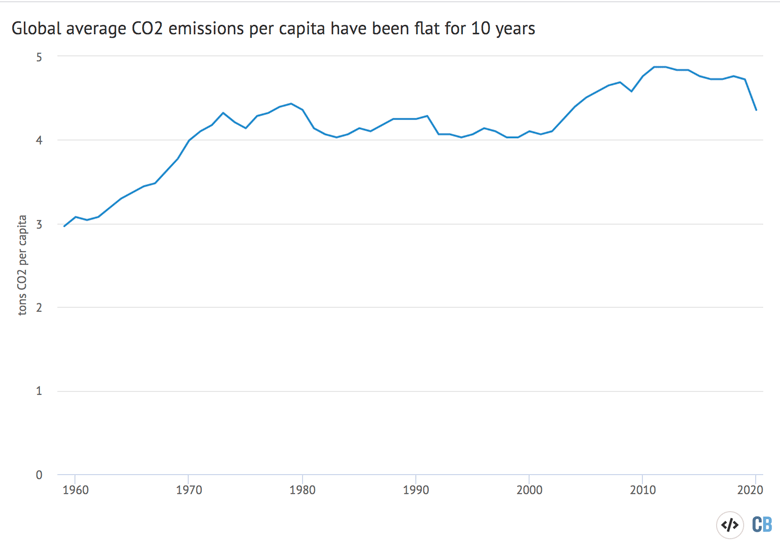



Global Carbon Project Coronavirus Causes Record Fall In Fossil Fuel Emissions In Carbon Brief



Total Greenhouse Gas Emission Trends And Projections In Europe European Environment Agency




Shell S Carbon Emissions Fall On The Back Of Fuel Sales Drop Reuters
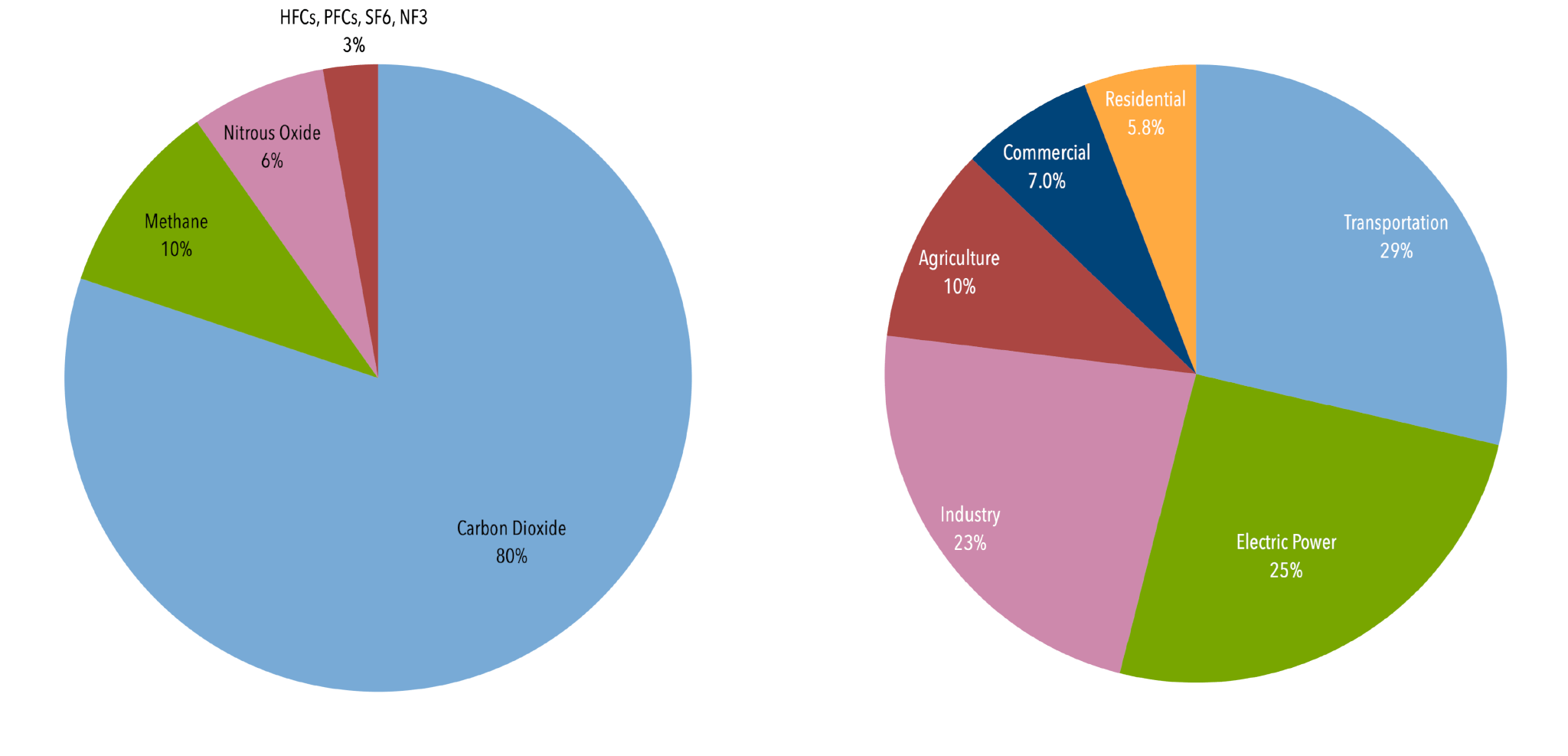



U S Emissions Center For Climate And Energy Solutions




How Are Emissions Of Greenhouse Gases By The Eu Evolving
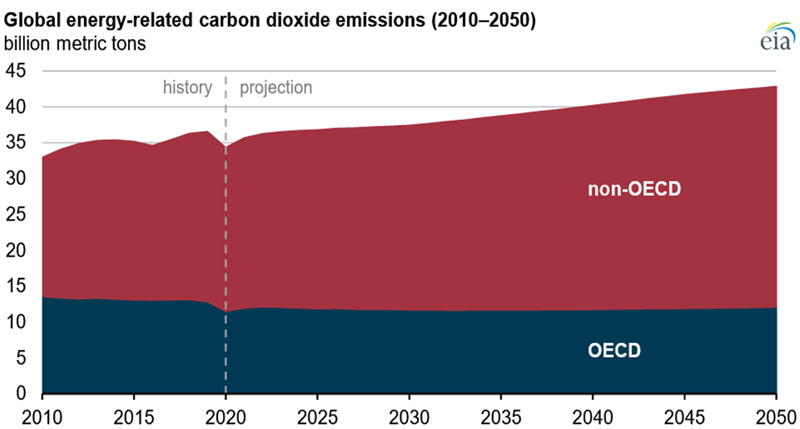



Outlook For Future Emissions U S Energy Information Administration Eia




Greenhouse Gas Emissions Our World In Data




Colorado Major New Greenhouse Gas Report Explained Westword




Global Emissions Center For Climate And Energy Solutions




Eia Projects Total U S Energy Related Co2 Emissions To Be Relatively Flat Through 50 Today In Energy U S Energy Information Administration Eia




Forecast U S Greenhouse Gas Emissions To Fall 7 5 Percent In Mpr News
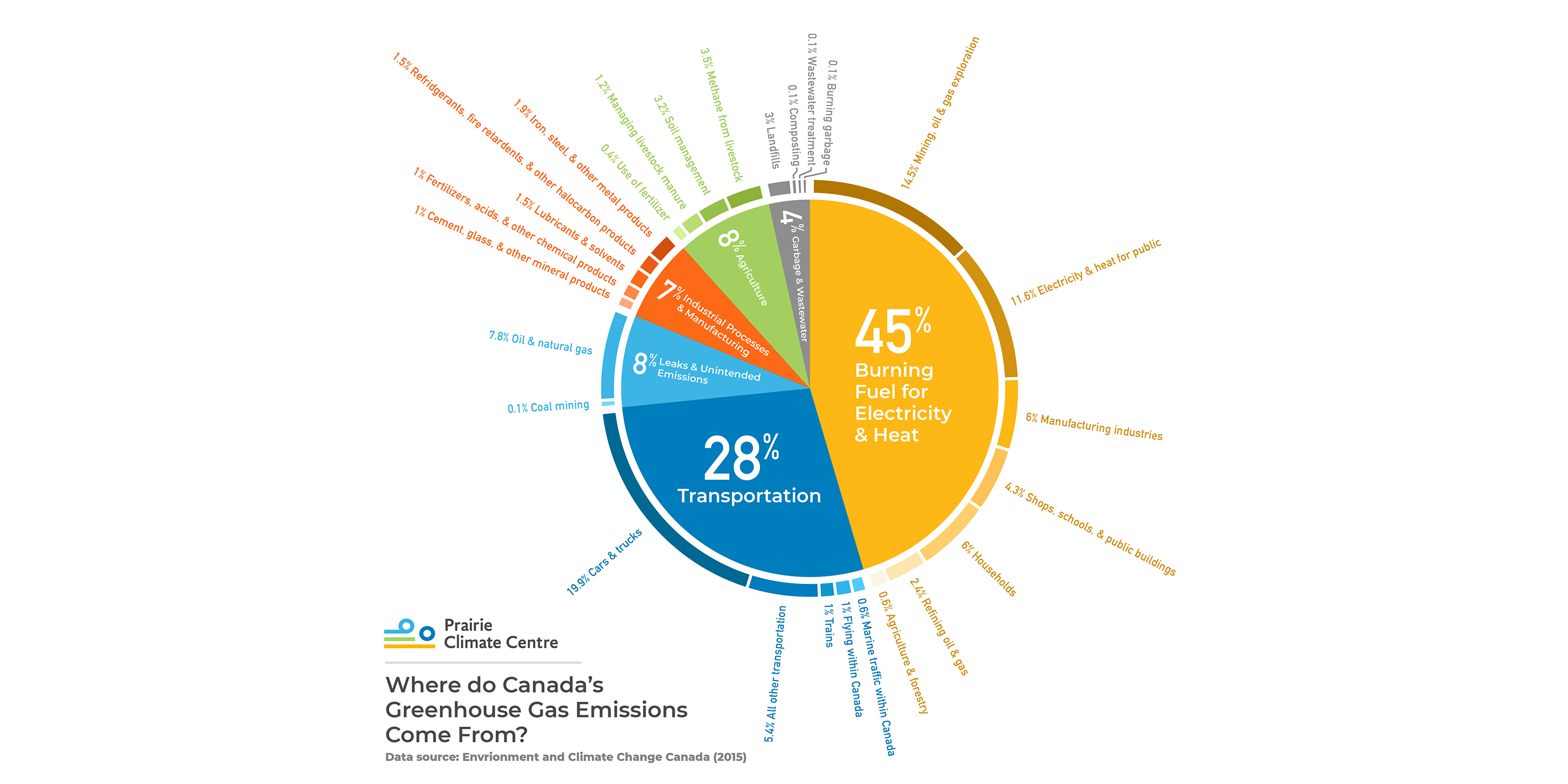



Where Do Canada S Greenhouse Gas Emissions Come From




Greenhouse Gas Emissions Factsheet Pakistan Global Climate Change




Scotland Greenhouse Gas Emissions 1990 19 Statista



Total Greenhouse Gas Emission Trends And Projections In Europe European Environment Agency
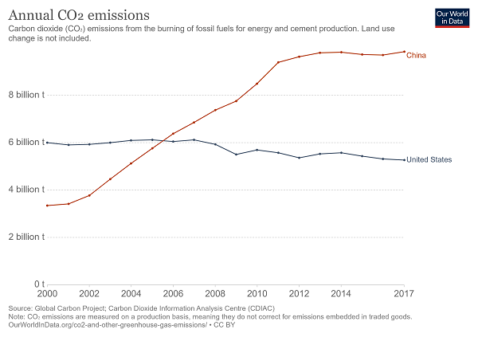



Where Are Us Emissions After Four Years Of President Trump
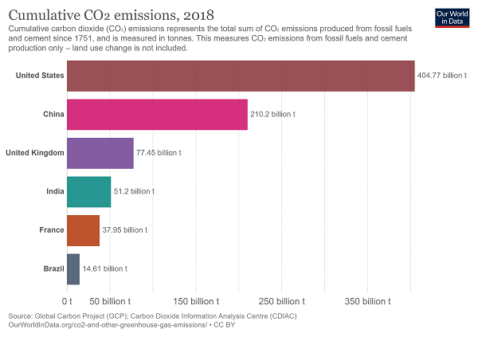



Where Are Us Emissions After Four Years Of President Trump



Co And Greenhouse Gas Emissions Our World In Data



Global Greenhouse Gas Emissions By Sector 10 Total Emissions Were Download Scientific Diagram




News Global Ghg Emissions Reached New High In 19
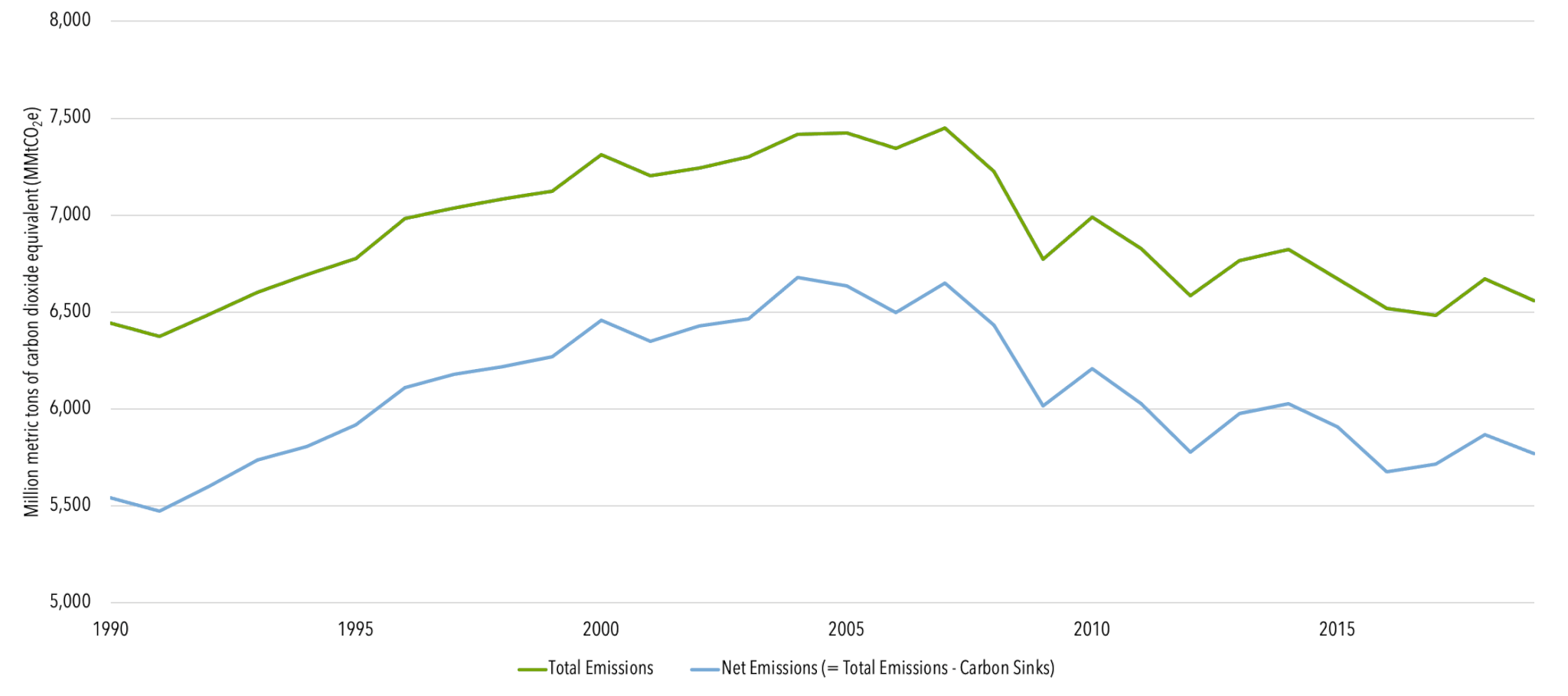



U S Emissions Center For Climate And Energy Solutions
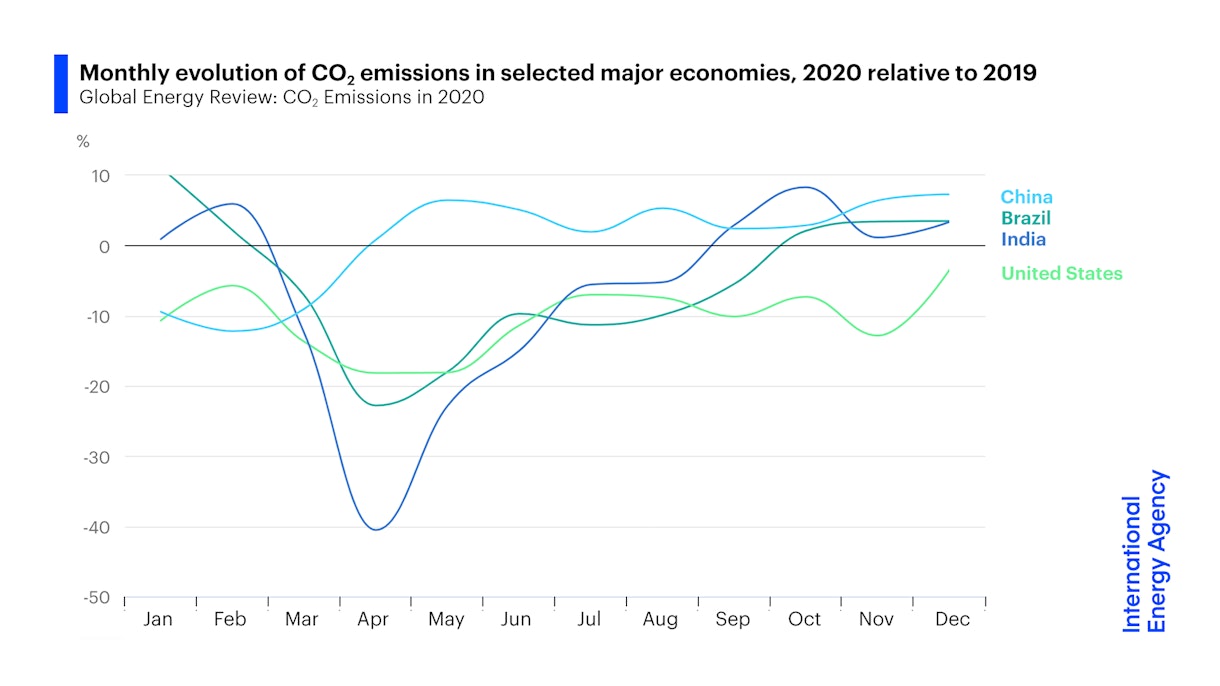



After Steep Drop In Early Global Carbon Dioxide Emissions Have Rebounded Strongly News Iea
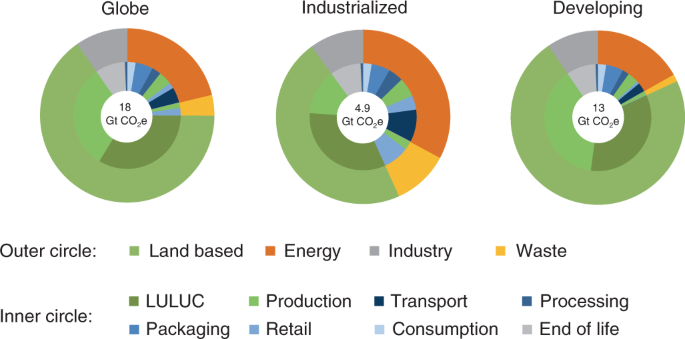



Food Systems Are Responsible For A Third Of Global Anthropogenic Ghg Emissions Nature Food
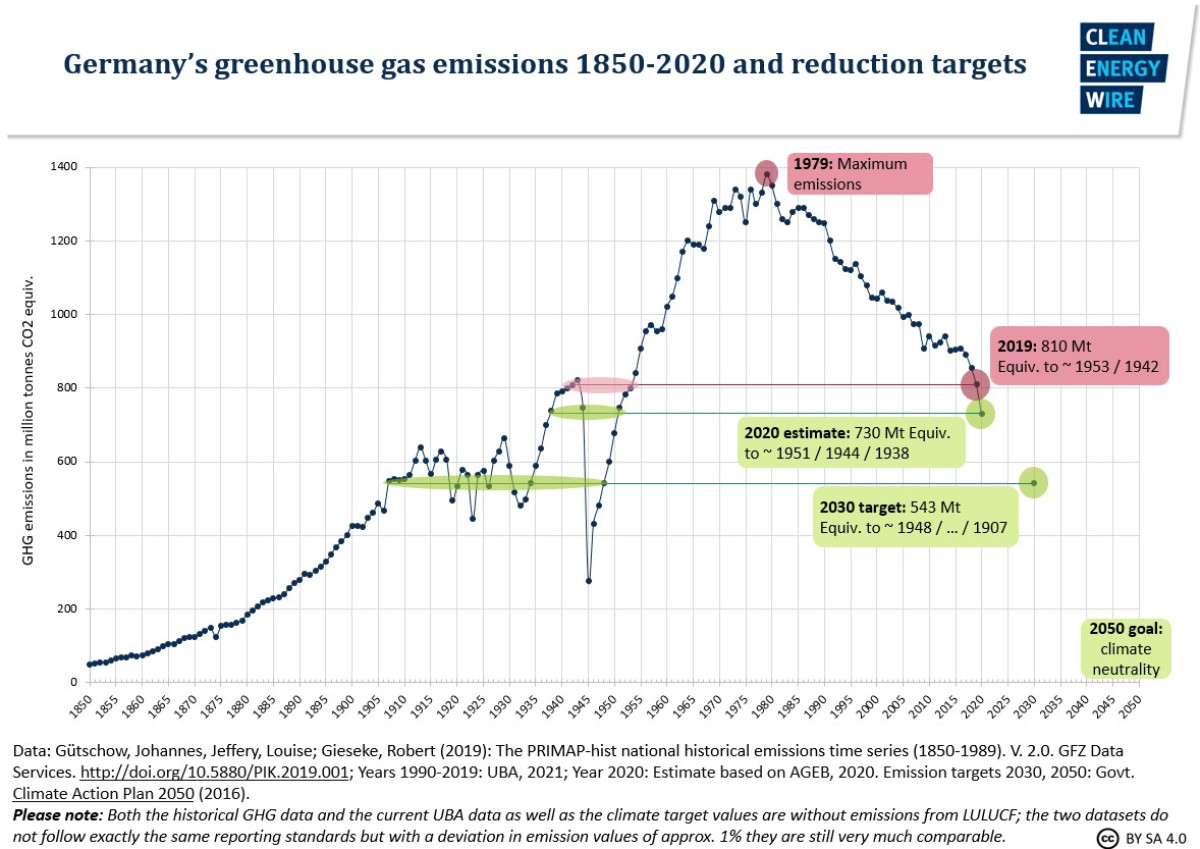



Germany S Greenhouse Gas Emissions And Energy Transition Targets Clean Energy Wire




U S Emissions Dropped In 19 Here S Why In 6 Charts Inside Climate News
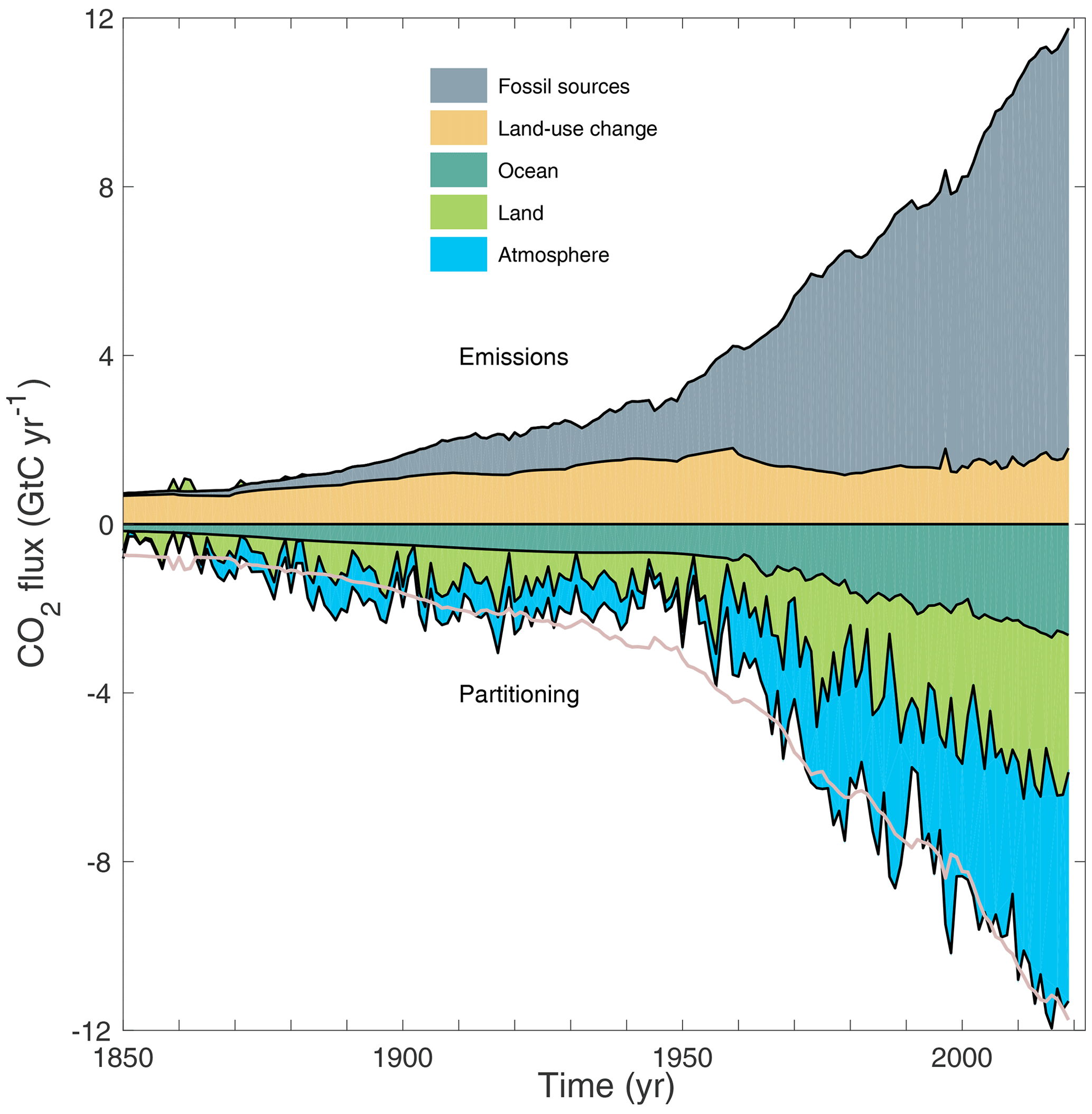



Essd Global Carbon Budget




Energy And Greenhouse Gas Emissions Ghgs




Total Greenhouse Gas Emissions And Co 2 Emissions From The Power Sector Download Scientific Diagram
:max_bytes(150000):strip_icc()/2annual-co2-emissions-per-country1-e969821db6e14050a5c29d8fc8a3ec10.jpg)



Carbon Emissions By Country Top 15



Chart Global Carbon Emissions Fall In Statista




Preliminary Us Emissions Estimates For 19 Rhodium Group
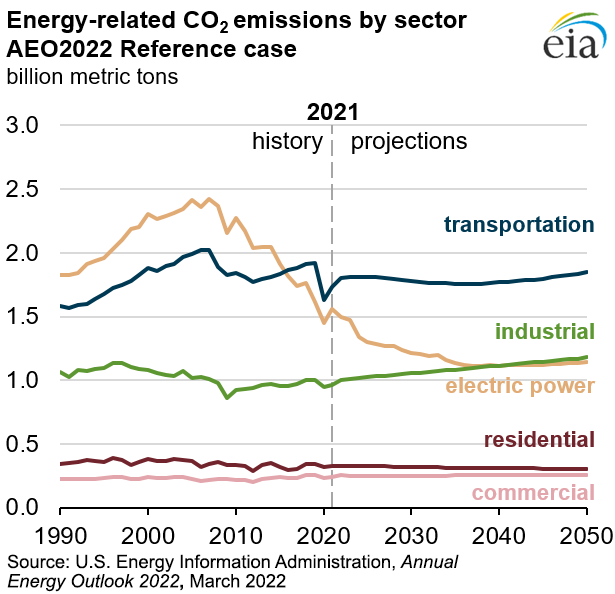



Outlook For Future Emissions U S Energy Information Administration Eia




France Greenhouse Gas Emissions Decreased By 16 9 From 1990 Levels Climate Scorecard




Co2 Emissions United States Statista




Co2 Emissions Our World In Data
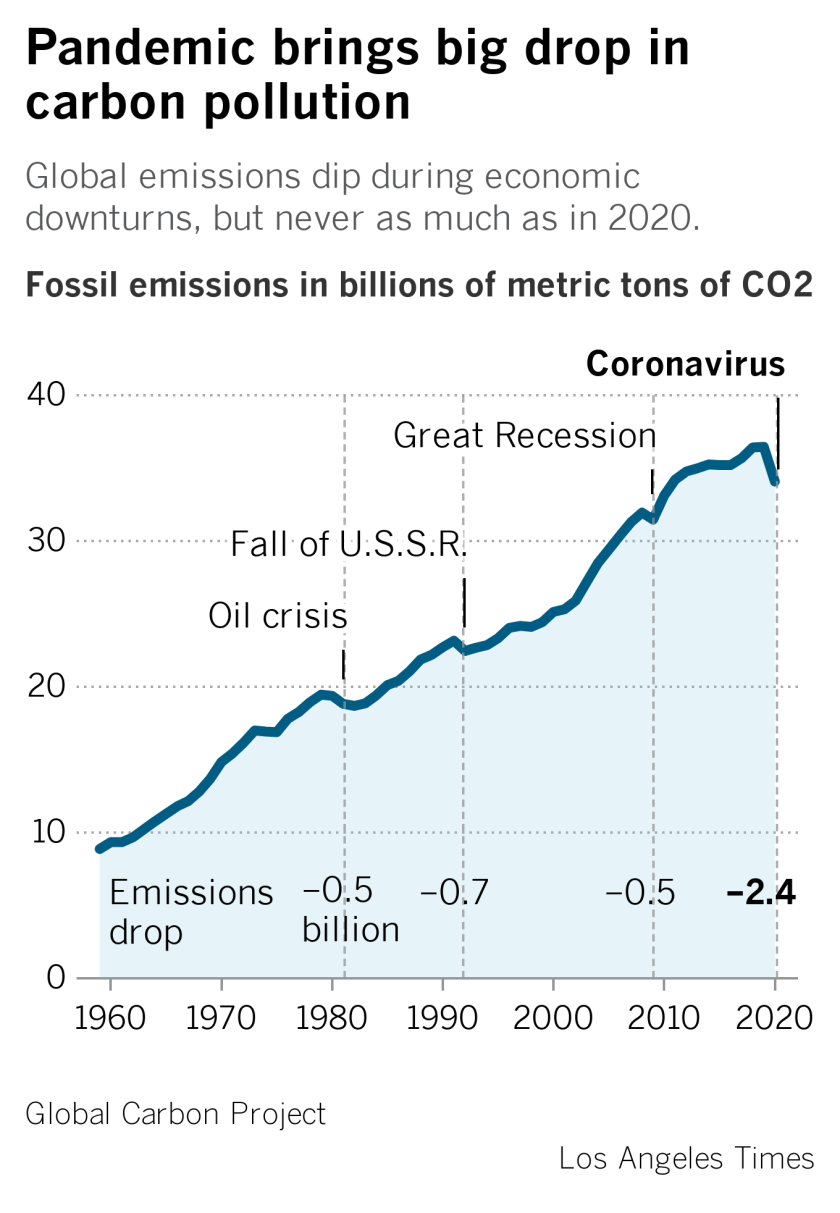



Global Carbon Emissions Dropped 7 Amid Covid 19 Los Angeles Times




Greenhouse Gas Emissions Plunged 17 Percent During Pandemic The Washington Post



Total Greenhouse Gas Emission Trends And Projections In Europe European Environment Agency




Noaa Index Tracks How Greenhouse Gas Pollution Amplified Global Warming In Welcome To Noaa Research



Global Warming




Global Greenhouse Gas Emissions Data Us Epa




Global Greenhouse Gas Emissions Data Us Epa




After Decline Eia Expects Energy Related Co2 Emissions To Increase In 21 And 22 Today In Energy U S Energy Information Administration Eia



Ipcc Ch




Germany S Greenhouse Gas Emissions And Energy Transition Targets Clean Energy Wire



Cait Climate Data Explorer
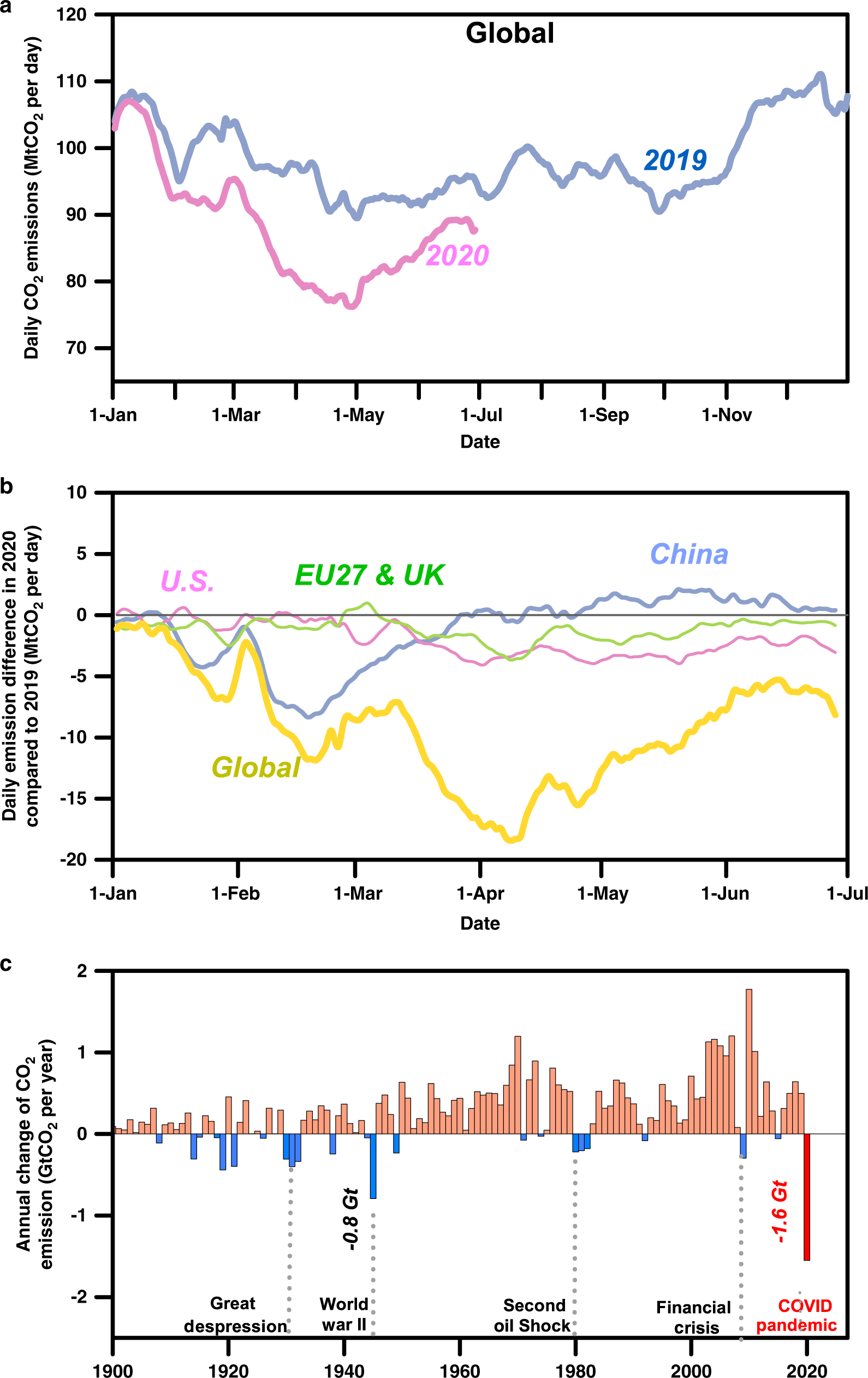



Near Real Time Monitoring Of Global Co2 Emissions Reveals The Effects Of The Covid 19 Pandemic Nature Communications



Emissions By Sector Our World In Data
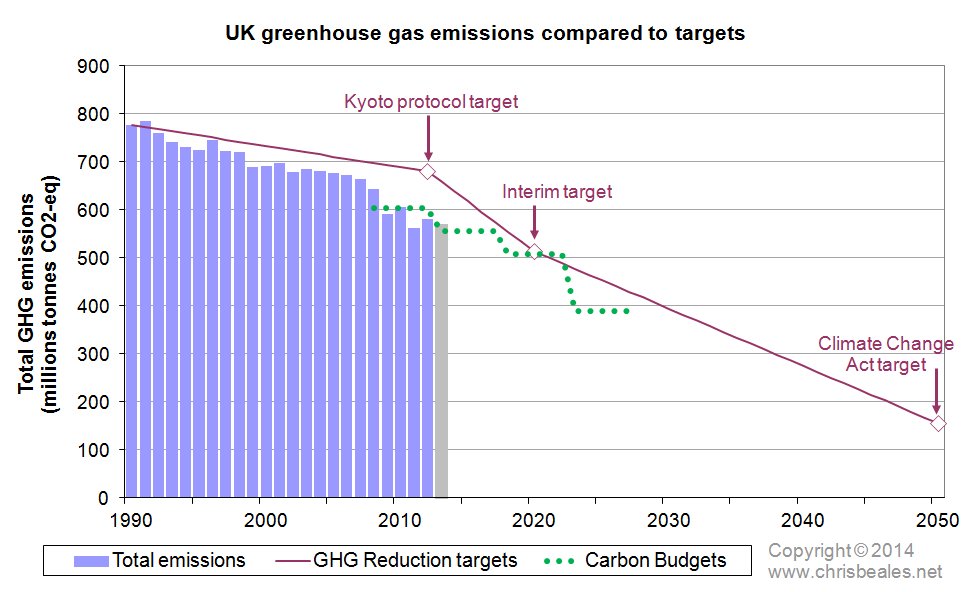



Emissions Targets Current Uk Targets




Usda Ers Chart Detail



Greenhouse Gas Emissions By The United States Wikipedia



1




Germany S Greenhouse Gas Emissions And Energy Transition Targets Clean Energy Wire




Greenhouse Gas Emissions Farmkeepers Blog Nc Farm Families




Rcp8 5 Tracks Cumulative Co2 Emissions Pnas
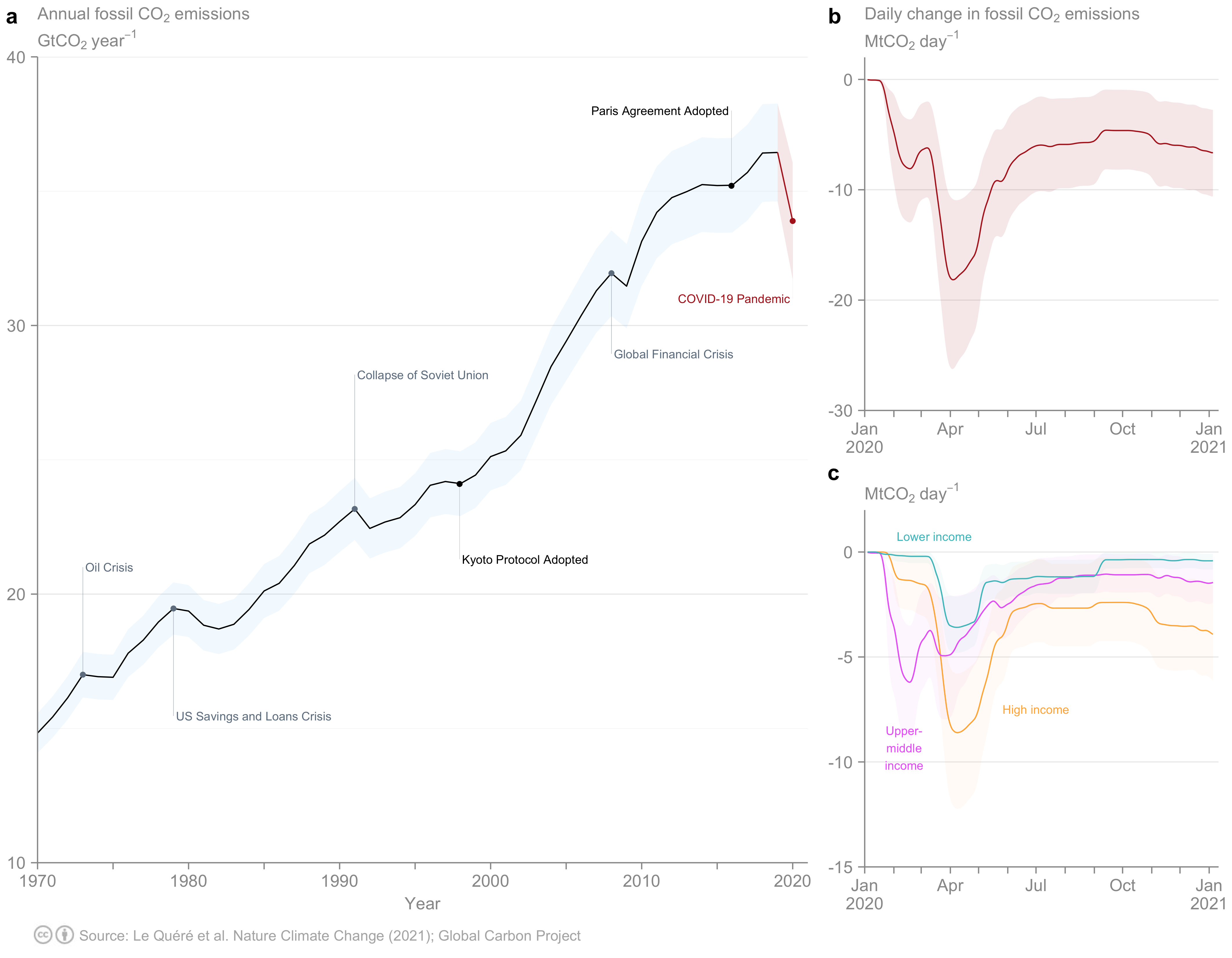



Supplementary Data Temporary Reduction In Daily Global Co2 Emissions During The Covid 19 Forced Confinement Icos
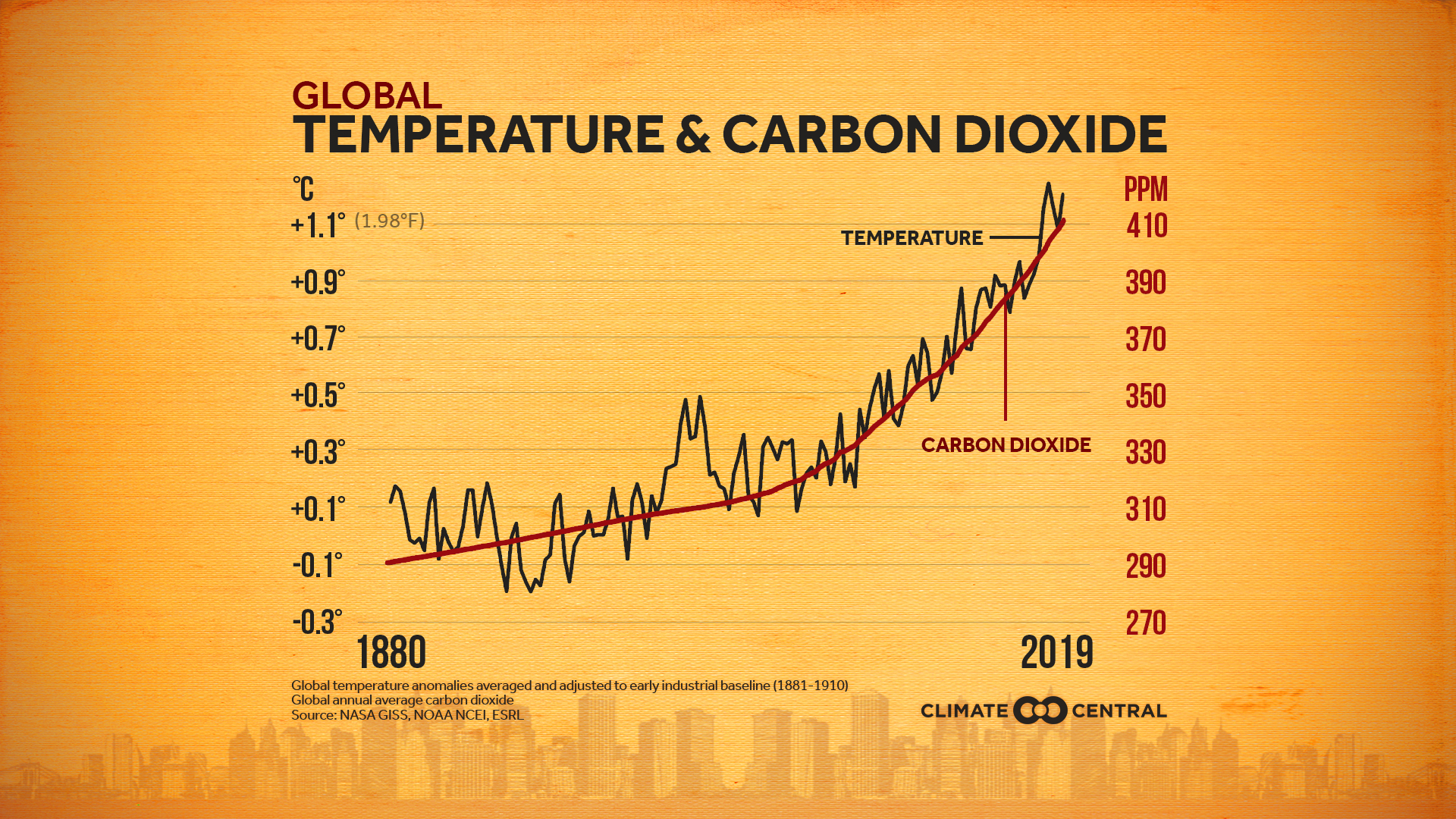



Emissions Sources Climate Central
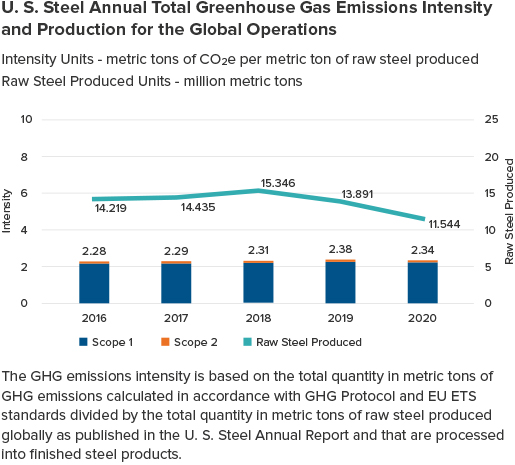



Sustainability Environmental Greenhouse Gas Emissions Www Ussteel Com
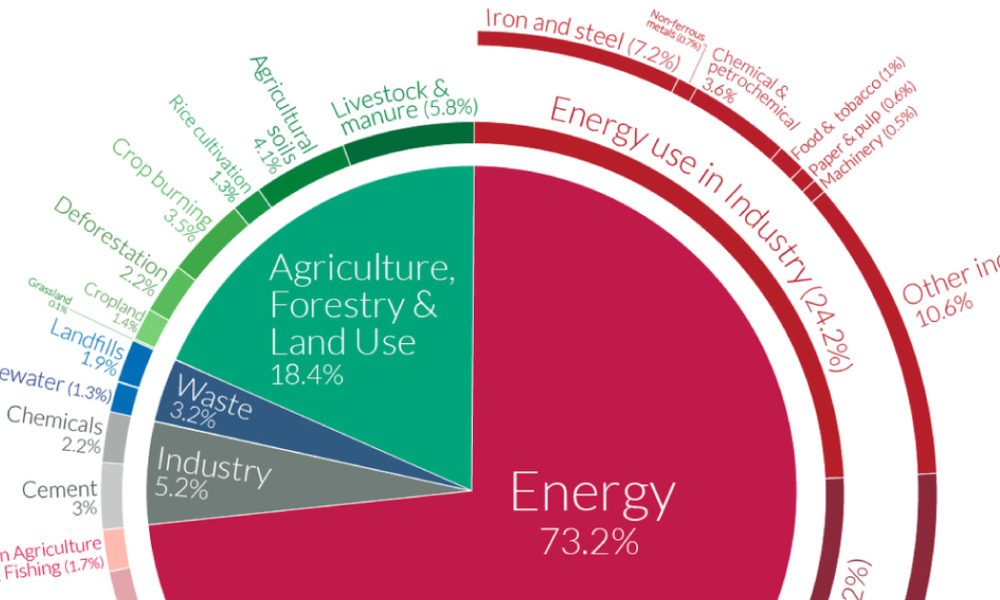



A Global Breakdown Of Greenhouse Gas Emissions By Sector




China S Greenhouse Gas Emissions Exceeded The Developed World For The First Time In 19 Rhodium Group
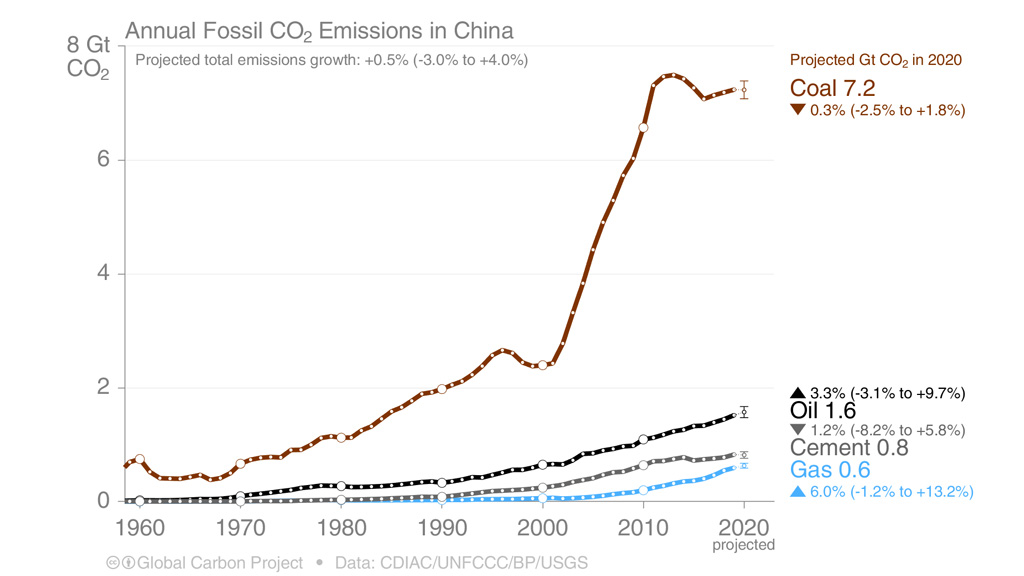



Global Carbon Project Coronavirus Causes Record Fall In Fossil Fuel Emissions In Carbon Brief




After Steep Drop In Early Global Carbon Dioxide Emissions Have Rebounded Strongly News Iea
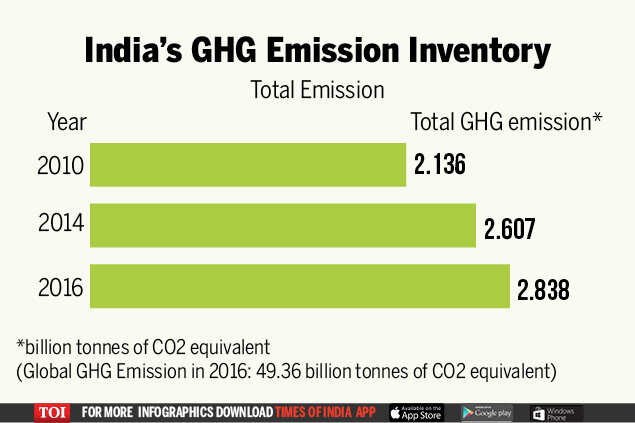



India Submits Its Ghg Emission Inventory To Un Climate Body India News Times Of India




Climate Accountability Institute
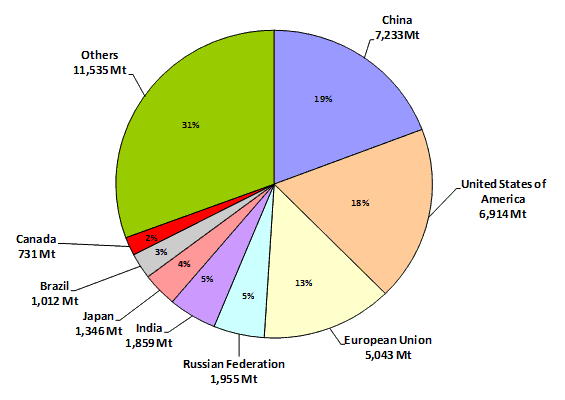



Environment Canada Climate Change Climate Change Publication
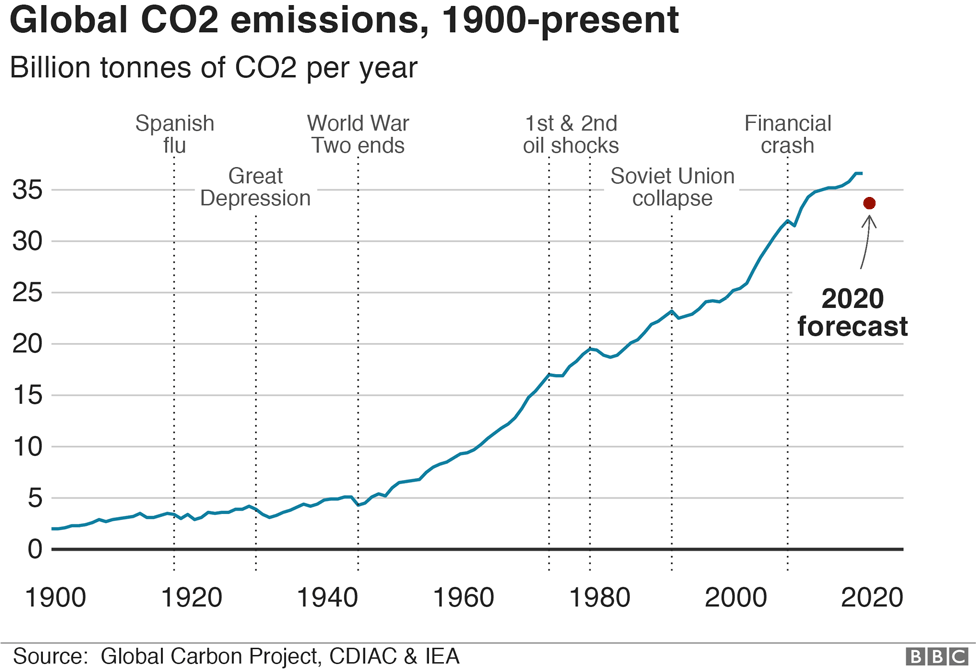



Climate Change And Coronavirus Five Charts About The Biggest Carbon Crash c News
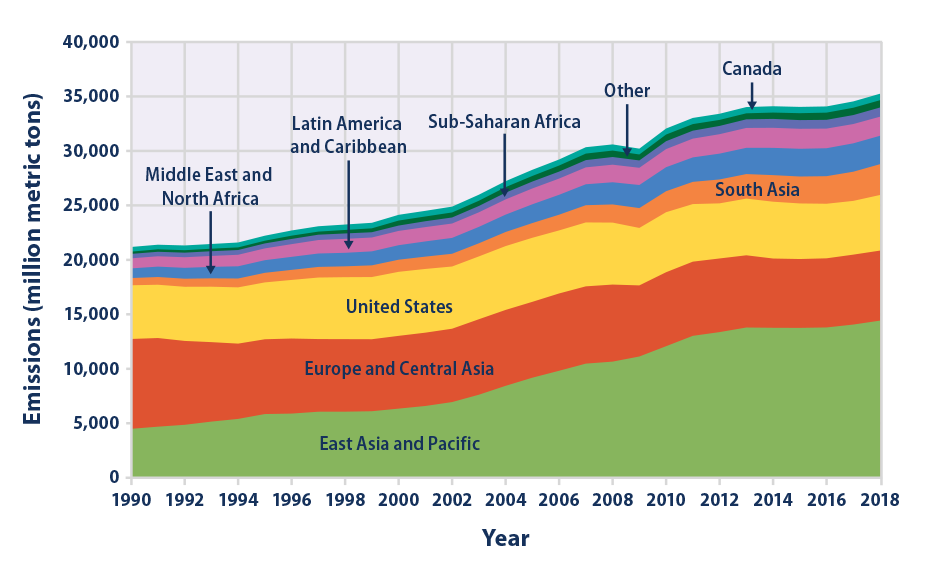



Climate Change Indicators Global Greenhouse Gas Emissions Us Epa
コメント
コメントを投稿